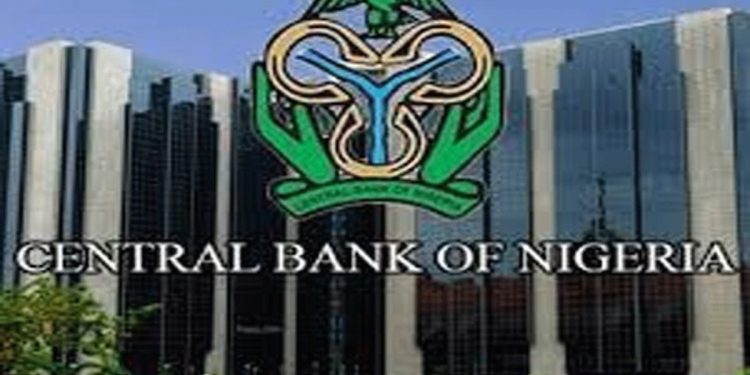In its latest decision, the Monetary Policy Committee (MPC) has opted for a significant 200 basis points hike in the Monetary Policy Rate (MPR), setting it at 24.75% for March. This move comes as the committee aims to address existing inflationary pressures, anchor inflation expectations, and maintain stability in the exchange rate.
The decision to raise the MPR was underscored by several factors, including persistent inflationary pressures attributed to the substantial pass-through of the exchange rate to domestic prices, elevated logistics and energy costs, ongoing insecurity in food-producing regions, and significant infrastructure deficiencies.
Additionally, the MPC narrowed the asymmetric corridor around the MPR to +100 basis points/-300 basis points, as part of its tightening measures, indicating a more focused approach to monetary policy. Furthermore, adjustments were made to the Cash Reserve Requirement (CRR) for merchant banks, now set at 14.0%, while the CRR for Deposit Money Banks (DMBs) remained steady at 45.0%. The liquidity ratio was retained at 30.0%.
Despite these measures, the MPC anticipates that domestic economic growth will remain positive, albeit amidst high inflationary pressures and weak consumer demand. The committee maintained its average projected growth rate of 3.38% for 2024, surpassing some forecasts but falling short of others.
Regarding foreign exchange dynamics, the committee noted the stability of the naira, attributing it to market reforms, increased Central Bank intervention, and successful clearance of the FX backlog. Increased foreign exchange inflows from Foreign Portfolio Investors (FPIs) were also highlighted, supported by higher yields on fixed-income securities. The committee reiterated its commitment to sustaining intervention in the FX market to ensure naira stability and bolster market confidence.
Analysts at Cordros Capital had anticipated the MPR hike, citing the need to anchor inflation expectations and sustain investment inflows from FPIs. However, the narrowing of the asymmetric corridor and adjustments to the CRR were unexpected elements of the MPC’s decision.
Looking ahead, analysts foresee continued global inflationary risks, driven by ongoing geopolitical tensions and the likelihood of advanced economies maintaining high interest rates. Domestically, inflation is expected to peak in May, driven by factors such as harvest depletion and insecurity in food-producing regions. While headline inflation is projected to remain high year-on-year, moderate increases in domestic prices on a month-on-month basis are expected, potentially supporting further mild increases in the MPR.
Given these projections, analysts anticipate a 100 basis points increase in the benchmark interest rate at the next MPC meeting in May, signaling ongoing efforts to manage inflation and stabilize the economy.


















